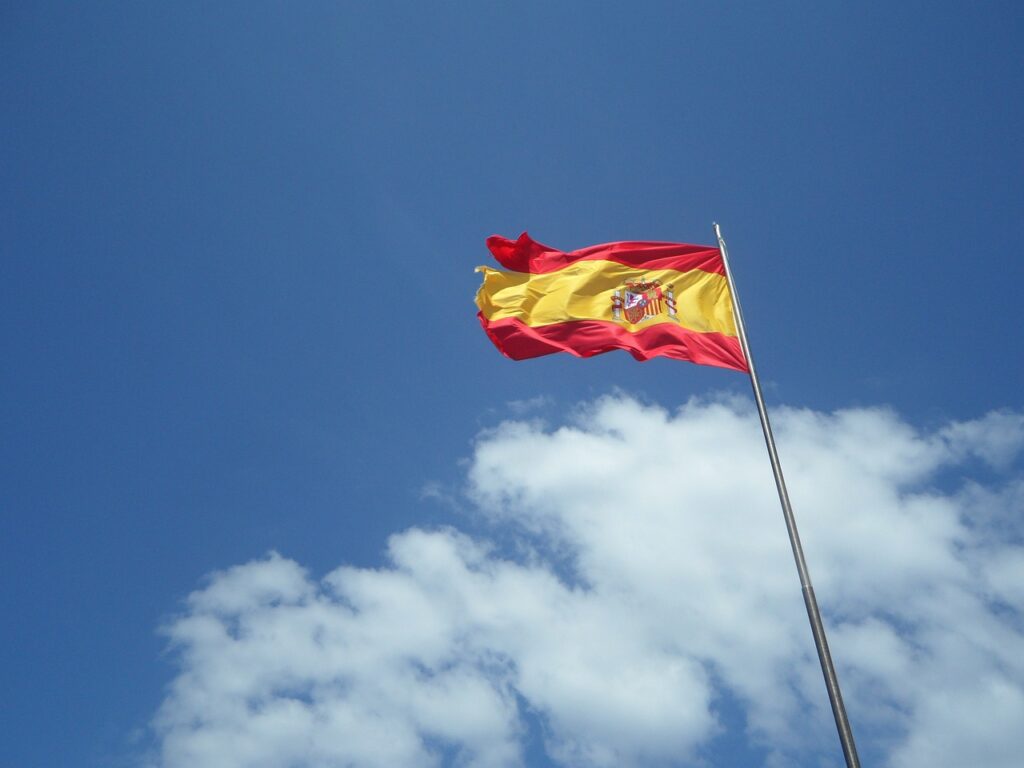Castilla y León emerges as the sole autonomous community in Spain selected for the Clean Hydrogen Partnership (CHP) consortium by the European Commission.
The consortium, consisting of 11 territories, aims to foster ecosystems accelerating sustainable energy solutions based on hydrogen. EL ESPAÑOL-Noticias de Castilla y León engages in a conversation with Javier Robador, the manager of H2CyL, the recently launched hydrogen cluster in the community.
The EU’s ambitious project seeks to establish a robust ecosystem for the development of hydrogen, a fuel pivotal in the energy transition and the economy’s decarbonization. Hydrogen’s versatility extends to applications in refining, fuel production, ammonia production for fertilizers, the chemical industry, and steel production. Future integrations include mobility, logistics, citizen mobility, public transport, and biomethane production for heating.
Castilla y León, with its abundant wind and solar resources, emerges as a strategic player in the promotion of green hydrogen. The region’s commitment to developing a green hydrogen plant in Garray (Soria) reflects a step towards fulfilling the EU’s vision. However, the hydrogen industry in Castilla y León faces challenges, primarily scalability and adapting to the market’s demands.
Javier Robador emphasizes the need for knowledge transfer, skill development, and a consumer-focused approach in building a sustainable hydrogen ecosystem. With over 45 hydrogen generation projects, Castilla y León positions itself for a transformative leap, with the first green hydrogen plant slated for launch next year.
The innovation valley initiative, announced by the vice president of the Government of Castilla y León, Juan García-Gallardo, underscores the region’s commitment to becoming a key player in green hydrogen production. This commitment aims to address the challenge of renewable absence in areas with natural resources but insufficient electrical evacuation infrastructure.
The trajectory set by Castilla y León aligns with Spain’s goal of reducing greenhouse gas emissions by 32% from 2023 to 2030. Green hydrogen emerges as a crucial player in achieving these targets, with the potential to compete with fossil fuels by 2040.
While the recent calls for financing may not fully reflect Castilla y León’s potential, the region remains in the spotlight for investors due to its renewable energy generation capacity. The community, however, faces challenges in the absence of its hydrogen network in the list of Projects of Common Interest, necessitating vigilance in future opportunities.
The launch of the European Hydrogen Bank and its focus on large consumers prompts consideration of hydrogen’s role in utilizing excess renewable electricity, contributing to decarbonizing both the electricity market and the broader energy landscape.
As Castilla y León navigates these opportunities and challenges, it positions itself as a frontrunner in Europe’s green hydrogen revolution. The region’s journey exemplifies a strategic leap into a sustainable energy future, fueling the aspirations of a cleaner, greener tomorrow.
